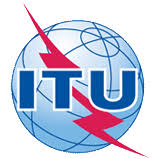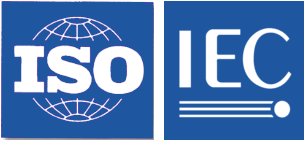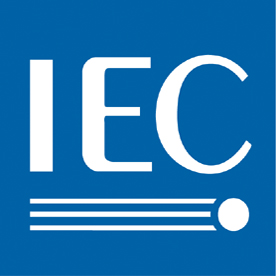Decentralized services (e.g., enabled by distributed ledger technologies, DLT) for IoT devices can be deployed in local area networks (e.g., in IoT devices or in local IoT gateways for constrained IoT devices) or in clouds (e.g., in remote IoT gateways or in cloud systems). When deployed in local area networks, the decentralized services will be affected by the local storage capability of peers and their computation capability and communication latency among peers. When deployed in clouds, the decentralized services will be affected by speed and efficiency of data access. With the popularization of the use of edge computing, part or whole of functionalities of DLT-based decentralized services can be deployed in edge nodes. This draft Recommendation introduces decentralized service by using DLT and edge computing technologies, which is an intermediate supporting service between decentralized services in local area networks and that in clouds. Decentralized service by using DLT and edge computing technologies is deployed in edge nodes and can facilitate interaction among peers of decentralized services, no matter where the peers are deployed (e.g., in local areas or in clouds). This draft Recommendation analyses characteristics and general requirements of decentralized service by using DLT and edge computing technologies, and provides its functional framework and relevant common capabilities, functionalities and general procedures.
ITU-T - SG20
https://www.itu.int/ITU-T/workprog/wp_item.aspx?isn=17928


